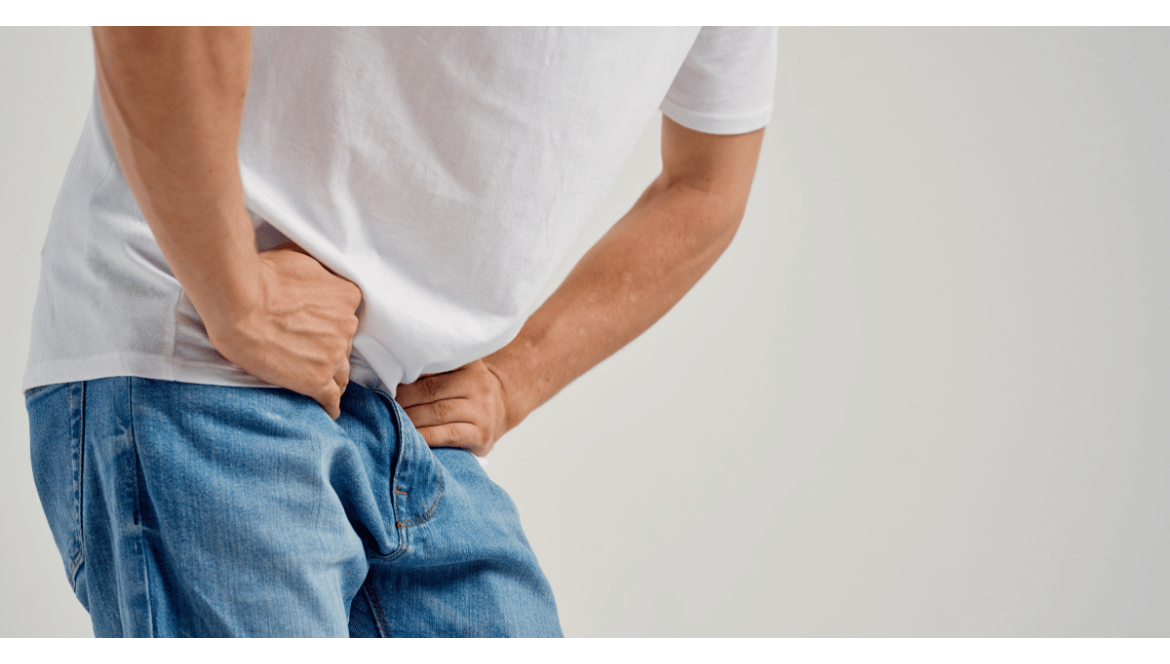Is perineal rehabilitation painful?

Does perineal reeducation hurt? This article guides you through what to expect during reeducation, how to minimize discomfort and the signs that indicate you should seek professional help.
Is perineal rehabilitation painful?
Perineal reeducation is a key element in restoring good pelvic health after childbirth, surgery or even in preventing future problems.
But one question many women ask is: Is perineal reeducation painful?
This concern is understandable, and it's perfectly normal to wonder what to expect before starting this process. This article answers that question and helps you better understand what lies behind the practice.
1. What is perineal rehabilitation?
Before tackling the issue of pain, it's important to understand what perineal reeducation is. It consists in strengthening, toning and re-educating the muscles of the perineum, the group of muscles located between the pubis and the coccyx.
The perineum is essential for maintaining urinary continence, supporting the pelvic organs and improving the quality of sexual life. After childbirth or surgery, it is often necessary to re-educate this area.
2. Is perineal rehabilitation painful?
The short answer is: no, perineal reeducation is not supposed to be painful, but there may be uncomfortable sensations or slight discomfort at the start of the process. Here are the details:
- Basic exercises
The most common perineal rehabilitation exercises are Kegel exercises, which involve contracting and relaxing the perineal muscles. These should not normally cause any pain.
However, if your perineal muscles are particularly tense or weak, you may feel a little discomfort. It's crucial to listen to your body and not to force these contractions.
- Perineal electrostimulation
If you use electrostimulation devices, the aim is to send small electrical impulses to stimulate the perineal muscles. These impulses shouldn't be painful, but they can be surprising, especially if it's your first time.
Some women report a slight sensation of tingling or restlessness, but most of the time this is quite bearable.
- Manual techniques
When you consult a physiotherapist or midwife for manual re-education, it may be necessary to perform manipulations of the pelvic area.
These practices are generally not painful, but they can cause a sensation of pressure or discomfort, especially if muscles are tense or if there are post-delivery scars.
3. Why might a little discomfort occur?
Although perineal reeducation is not supposed to be painful, it is possible to experience discomfort for a number of reasons:
Tight or unused muscles: After childbirth or pelvic surgery, the muscles of the perineum may be weakened or, on the contrary, over-stretched.
In these cases, there may be a feeling of discomfort at the start of exercises, especially if the muscles need to be stretched or strengthened.
Scars or tears: In the event of an episiotomy or tear during childbirth, the area may be more sensitive, leading to discomfort or slight pain during the first rehabilitation sessions.
However, this should be temporary, and should improve with each session.
Awareness of the perineum: Some women are not aware of their perineal muscles until they start rehabilitation. This awareness may be a little strange or uncomfortable at first, but it is essential for effective work.
4. When to consult a professional in case of pain
It's important to note that persistent pain is not normal during perineal rehabilitation. If you experience intense pain that continues or worsens with each session, it's essential to consult a professional as soon as possible.
This could indicate an underlying problem that needs attention. In this case, it may be necessary to adapt the rehabilitation program to your specific needs.
5. How can I make perineal rehabilitation more comfortable?
Here are a few tips to make perineal rehabilitation as comfortable as possible:
Go at your own pace: Don't force yourself. If you feel discomfort, stop and resume exercises more slowly.
Choose a good professional: Whether it's a physiotherapist or a midwife, an experienced professional will be able to adapt the exercises to your specific situation and guide you with kindness.
Relax: It's important to be relaxed during the exercises. Body tension can accentuate discomfort. Take deep breaths and try to relax any muscles that feel tense.
6. What to do after perineal rehabilitation?
After each session, you may feel a little tired or a slight relief of tension. This is perfectly normal.
However, if you experience persistent pain, be sure to discuss it with your therapist. Perineal rehabilitation should always be a positive and beneficial experience.
In summary, perineal reeducation should not be painful.
Although some discomfort or mild discomfort is sometimes possible, this should not become a factor of intense pain.
Every one is different, and it's essential to adapt exercises to your needs. If you experience persistent pain, don't hesitate to consult your healthcare professional to re-evaluate the program.
At Sugar, we believe that taking care of your perineum is essential for a healthier, more comfortable life.
What about you? What are you waiting for to start your perineal rehabilitation? Don't let pain or discomfort hold you back, start now and take care of yourself!
